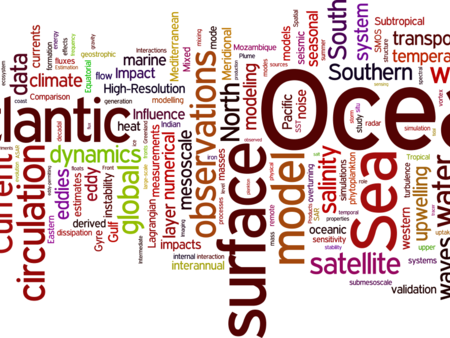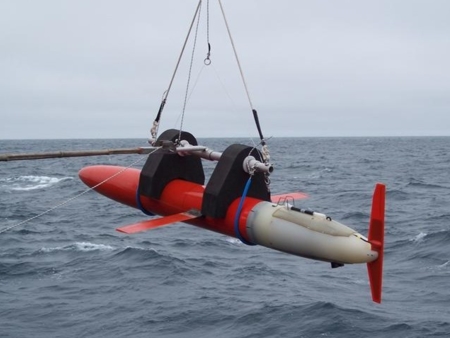Joana Roussilon
Titre de la thèse : Deep learning learning approaches to reconstruct long time-series of phytoplankton biomass and evaluate the underlying dynamic mechanisms related to climate cycles
Encadrants : Elodie Martinez et Christophe Maes
Financements : ISblue
Date de début : 06/01/2020 --> 18/12/2023
Résumé :
Phytoplankton plays a key role in carbon cycling and supports the ocean food web. Characterizing the decadal oscillations of phytoplankton in terms of biomass, community composition and primary production is crucial as decadal oscillations can emphasize, weaken or mask the secular climate-related trends. Indeed, uncertainties about decadal variability of phytoplankton make challenging the extraction of their different natural cycles from the anthropogenic trend. Few studies exist at global scale and the characterization of decadal phytoplankton cycles as well as the understanding of the physical and biogeochemical underlying mechanisms still remain open questions. Moreover, the observed changes during positive phases may also provide insight into how future climate-driven change will alter the carbon cycle and the marine food web. Characterizing this decadal variability proves to be a challenging task considering the limited availability of appropriate observations (only 20 years of satellite observations). Realistic physical-biogeochemical models run over long time-series may be used but they diverge in reproducing decadal observations. Our strategy is to use a data-driven and learning-based method that couples radiometric (ocean color) and physical data derived from satellite observations with ocean physical models (covering a longer period than satellite observations) to reconstruct multi-decadal time series of biological/optical parameters such as the Chlorophyll-a concentration (Chl, a proxy of phytoplankton biomass). Variability at decadal and global scale, as well as other indicators about phytoplankton community structures and associated primary production, will then be inferred from their reconstructed time series.







